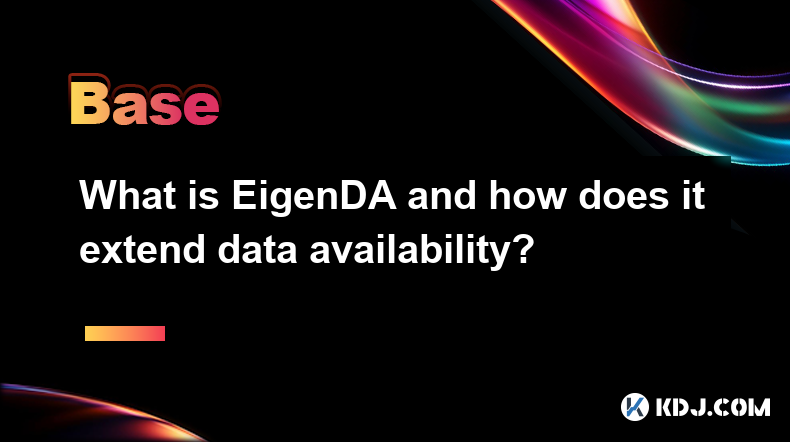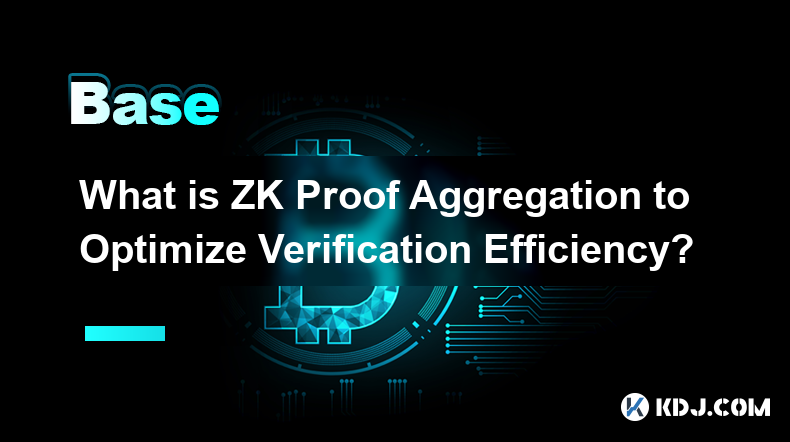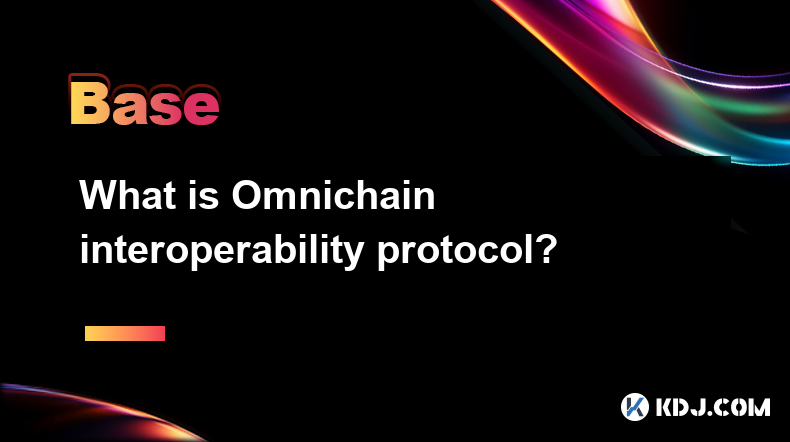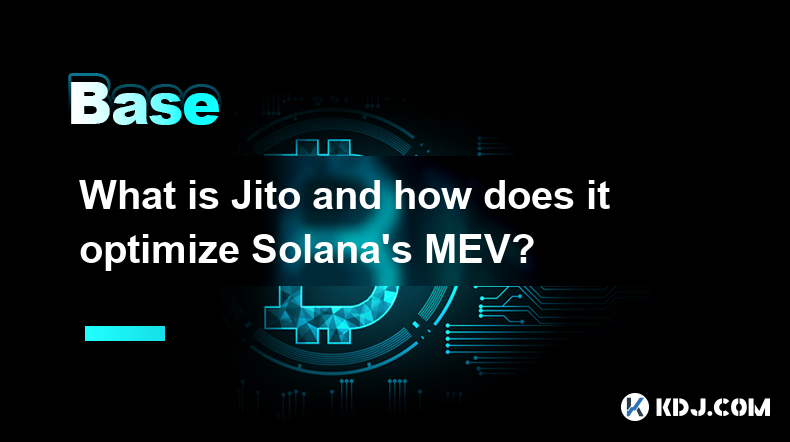-
 Bitcoin
Bitcoin $83,153.2876
4.27% -
 Ethereum
Ethereum $1,558.9343
1.32% -
 Tether USDt
Tether USDt $0.9994
0.03% -
 XRP
XRP $2.0154
1.52% -
 BNB
BNB $585.8350
1.26% -
 Solana
Solana $121.2068
6.71% -
 USDC
USDC $0.9999
0.04% -
 Dogecoin
Dogecoin $0.1587
2.11% -
 TRON
TRON $0.2411
2.24% -
 Cardano
Cardano $0.6206
0.51% -
 UNUS SED LEO
UNUS SED LEO $9.2968
-1.22% -
 Chainlink
Chainlink $12.5633
2.42% -
 Avalanche
Avalanche $18.9696
2.53% -
 Stellar
Stellar $0.2336
0.53% -
 Shiba Inu
Shiba Inu $0.0...01211
2.85% -
 Sui
Sui $2.1766
2.58% -
 Hedera
Hedera $0.1668
-1.41% -
 Toncoin
Toncoin $2.8157
-4.28% -
 Bitcoin Cash
Bitcoin Cash $312.3950
6.18% -
 MANTRA
MANTRA $6.4538
0.04% -
 Litecoin
Litecoin $75.7452
1.24% -
 Polkadot
Polkadot $3.5555
1.55% -
 Dai
Dai $0.9999
0.02% -
 Bitget Token
Bitget Token $4.3138
2.81% -
 Hyperliquid
Hyperliquid $15.1799
7.11% -
 Ethena USDe
Ethena USDe $0.9987
0.02% -
 Pi
Pi $0.6276
5.27% -
 Monero
Monero $209.2344
4.30% -
 Uniswap
Uniswap $5.1938
2.36% -
 OKB
OKB $53.0406
-1.89%
What Is the Nano Crypto Block Size?
Unlike traditional blockchains with predefined block sizes, Nano's block-lattice allows for variable block sizes ranging from bytes to kilobytes, enhancing flexibility, scalability, and decentralization.
Oct 19, 2024 at 06:48 pm

What is the Nano Crypto Block Size?
Nano is a feeless, eco-friendly crypto conceived in 2015 by Colin LeMahieu. It employs a block-lattice data structure - a Directed Acyclic Graph (DAG) - which differentiates it from other blockchains. Unlike traditional blockchains where transactions are grouped into blocks and added linearly, Nano's block-lattice allows parallel transaction processing.
Block Size in Nano
Nano's block size is not a fixed value compared to conventional blockchains where each block has a predetermined size. In Nano, transactions are recorded in individual blocks instead of being bundled together in groups. This approach eliminates the need for a predefined block size and empowers the users to determine the transaction size, ranging from a few bytes to a couple of kilobytes.
Key Advantages of Nano's Block Size
- Flexibility: Nodes can customize block sizes without requiring network-wide consensus changes.
- Scalability: The lack of a fixed block size enables Nano to process a high volume of transactions without encountering bottlenecks.
- Decentralization: The absence of a predefined block size prevents any single entity from controlling network throughput.
Comparison with Traditional Blockchains
In contrast to Nano, traditional blockchains like Bitcoin and Ethereum have a prescribed block size. For instance, Bitcoin's block size is capped at 1MB, while Ethereum's block size is dynamically adjusted based on network conditions.
Impact on Transaction Speed and Fees
Nano's block-lattice and absence of a fixed block size contribute to its remarkable transaction speed. Transactions can often be settled almost instantly with confirmation times of a few seconds. Moreover, the absence of transaction fees further enhances Nano's appeal as a means of exchange.
Conclusion
Nano's block-lattice structure and flexible block size distinguish it from conventional blockchains. This innovative approach allows Nano to handle a high throughput of transactions swiftly and efficiently, making it an attractive option for those seeking a decentralized and feeless cryptocurrency.
Disclaimer:info@kdj.com
The information provided is not trading advice. kdj.com does not assume any responsibility for any investments made based on the information provided in this article. Cryptocurrencies are highly volatile and it is highly recommended that you invest with caution after thorough research!
If you believe that the content used on this website infringes your copyright, please contact us immediately (info@kdj.com) and we will delete it promptly.
- US SEC May Be Open to a Flexible Exemptive Approach to Crypto Regulation
- 2025-04-12 10:00:13
- Chainlink (LINK) Price Is Revisiting a Critical Level After a Sharp 15.9% Weekly Correction.
- 2025-04-12 10:00:13
- Why MAGACOIN FINANCE Is Becoming a Standout in a Slow Market
- 2025-04-12 09:55:14
- Popcat (POPT), a meme coin built on the Solana blockchain and inspired by the viral meme, has surged 33% over the past 24 hours
- 2025-04-12 09:55:14
- Fed Stands Ready as Leverage Unwinds and Trump Temporarily Stills the Storm
- 2025-04-12 09:50:13
- From April 7 to 11, the virtual asset market experienced extreme volatility
- 2025-04-12 09:50:13
Related knowledge

What is Delayed Encryption technology?
Apr 11,2025 at 10:42pm
What is Delayed Encryption Technology? In the world of cryptocurrencies, security is paramount. One of the innovative solutions to enhance the security of digital transactions is Delayed Encryption Technology. This technology introduces a layer of security by encrypting data with a time delay, ensuring that the information remains secure until a specifi...

What is EigenDA and how does it extend data availability?
Apr 11,2025 at 05:28pm
EigenDA is a groundbreaking solution within the cryptocurrency ecosystem designed to enhance data availability across blockchain networks. Developed by EigenLayer, EigenDA aims to address the critical issue of data availability, ensuring that all participants in a blockchain network can access the necessary data to verify transactions and maintain the i...

What is ZK Proof Aggregation to Optimize Verification Efficiency?
Apr 11,2025 at 05:42pm
ZK Proof Aggregation is a technique used in the field of zero-knowledge proofs (ZKPs) to enhance the efficiency of verifying multiple proofs. In the context of cryptocurrencies, where scalability and efficiency are paramount, ZK Proof Aggregation plays a crucial role in optimizing the verification process. This method allows multiple proofs to be combin...

What is DePIN (Decentralized Physical Infrastructure)?
Apr 12,2025 at 01:42am
What is DePIN (Decentralized Physical Infrastructure)? DePIN, or Decentralized Physical Infrastructure, represents a groundbreaking approach to building and managing physical infrastructure using decentralized technologies. At its core, DePIN leverages blockchain and other decentralized systems to create, operate, and maintain physical assets in a way t...

What is Omnichain interoperability protocol?
Apr 11,2025 at 08:36pm
The Omnichain interoperability protocol refers to a technology designed to enable seamless interaction and data exchange between different blockchain networks. This protocol aims to solve the issue of blockchain isolation by allowing assets, data, and functionalities to move freely across various chains. In essence, Omnichain interoperability facilitate...

What is Jito and how does it optimize Solana's MEV?
Apr 11,2025 at 09:01pm
Jito is a pivotal tool within the Solana ecosystem, designed to enhance the efficiency and profitability of transactions by optimizing Maximum Extractable Value (MEV). MEV refers to the maximum value that can be extracted from block production in excess of the standard block reward and gas fees by including, reordering, or excluding transactions within ...

What is Delayed Encryption technology?
Apr 11,2025 at 10:42pm
What is Delayed Encryption Technology? In the world of cryptocurrencies, security is paramount. One of the innovative solutions to enhance the security of digital transactions is Delayed Encryption Technology. This technology introduces a layer of security by encrypting data with a time delay, ensuring that the information remains secure until a specifi...

What is EigenDA and how does it extend data availability?
Apr 11,2025 at 05:28pm
EigenDA is a groundbreaking solution within the cryptocurrency ecosystem designed to enhance data availability across blockchain networks. Developed by EigenLayer, EigenDA aims to address the critical issue of data availability, ensuring that all participants in a blockchain network can access the necessary data to verify transactions and maintain the i...

What is ZK Proof Aggregation to Optimize Verification Efficiency?
Apr 11,2025 at 05:42pm
ZK Proof Aggregation is a technique used in the field of zero-knowledge proofs (ZKPs) to enhance the efficiency of verifying multiple proofs. In the context of cryptocurrencies, where scalability and efficiency are paramount, ZK Proof Aggregation plays a crucial role in optimizing the verification process. This method allows multiple proofs to be combin...

What is DePIN (Decentralized Physical Infrastructure)?
Apr 12,2025 at 01:42am
What is DePIN (Decentralized Physical Infrastructure)? DePIN, or Decentralized Physical Infrastructure, represents a groundbreaking approach to building and managing physical infrastructure using decentralized technologies. At its core, DePIN leverages blockchain and other decentralized systems to create, operate, and maintain physical assets in a way t...

What is Omnichain interoperability protocol?
Apr 11,2025 at 08:36pm
The Omnichain interoperability protocol refers to a technology designed to enable seamless interaction and data exchange between different blockchain networks. This protocol aims to solve the issue of blockchain isolation by allowing assets, data, and functionalities to move freely across various chains. In essence, Omnichain interoperability facilitate...

What is Jito and how does it optimize Solana's MEV?
Apr 11,2025 at 09:01pm
Jito is a pivotal tool within the Solana ecosystem, designed to enhance the efficiency and profitability of transactions by optimizing Maximum Extractable Value (MEV). MEV refers to the maximum value that can be extracted from block production in excess of the standard block reward and gas fees by including, reordering, or excluding transactions within ...
See all articles























































































